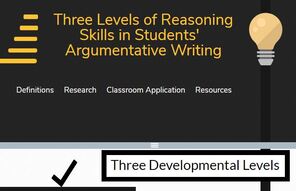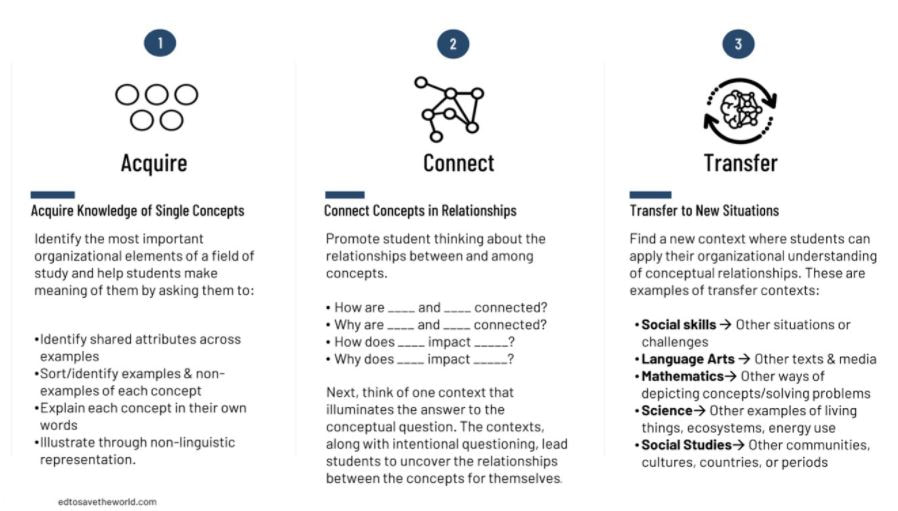|
Guest Blogger: Trevor Aleo Teaching writing often leaves me feeling like a perpetual Goldilocks. Some methods I try feel too rigid—removing student’s ability to cultivate their voice and hone their craft. Other methods feel too squishy, lacking the structure needed to scaffold students’ developing skills. Every now and then though, I’ll land on something that is just right (well, right enough anyway) that strikes a comfortable balance. One of those “just right” learning sequences uses color coded mentor texts. Mentor texts can be considered any text that can be used as an example of good writing that helps writers inform their own writing moves. Here are some resources for using mentor texts that writing instructors might find helpful, and here’s a podcast on how to use mentors texts to talk about race and identity in the ELA classroom. Color-coded mentor texts help my students understand the relationship between each distinct element of a persuasive text. Based on my experience as both a high school English teacher and middle school writing workshop teacher, it provides students with enough support and scaffolding to guide their writing, without succumbing to template temptation or overly scripted sessions. To start, it’s really important that students are made aware of the concepts that will anchor their learning. One of the keys of effective writing instruction is ensuring students develop a conceptual understanding of the writing process. Without gaining a deeper awareness of the thinking that informs their writing (i.e. metacognition), students aren’t able to transfer what they learn to new texts. The learning sequence can be broken up into three distinctive phases, developed alongside my coauthors, Julie Stern, Krista Ferraro, and Kayla Duncan: acquire, connect, and transfer. It’s a simple mental model we’ve devised for just any discipline or domain, and it’s been fantastic for me in writers workshop. Teaching students to transfer their understanding of craft to their own work is the lifeblood of any composition course, after all. I’ll use an essential question from my recent position paper unit to illustrate—How do claims, evidence, and reasoning impact an argument?
Jenell Krishnan and Jiali Wang In this blog, we highlight the WRITE Center's website research page. This resource was created to support writing researchers, educators, teaching scholars, graduate students, and others who are interested in the study of writing. The page organizes writing-related research articles into 17 categories. In what follows, we provide a brief description of each category and how these resources might be used by different folks who visit the page.
|
Archives
September 2023
Categories
All
|
WRITE Center: Writing Research to Improve Teaching and EvaluationThe research reported here was supported by the Institute of Education Sciences, U.S. Department of Education, through Grant R305C190007 to University of California, Irvine. The opinions expressed are those of the authors and do not represent views of the Institute or the U.S. Department of Education.
|
© COPYRIGHT 2019. ALL RIGHTS RESERVED.
|






